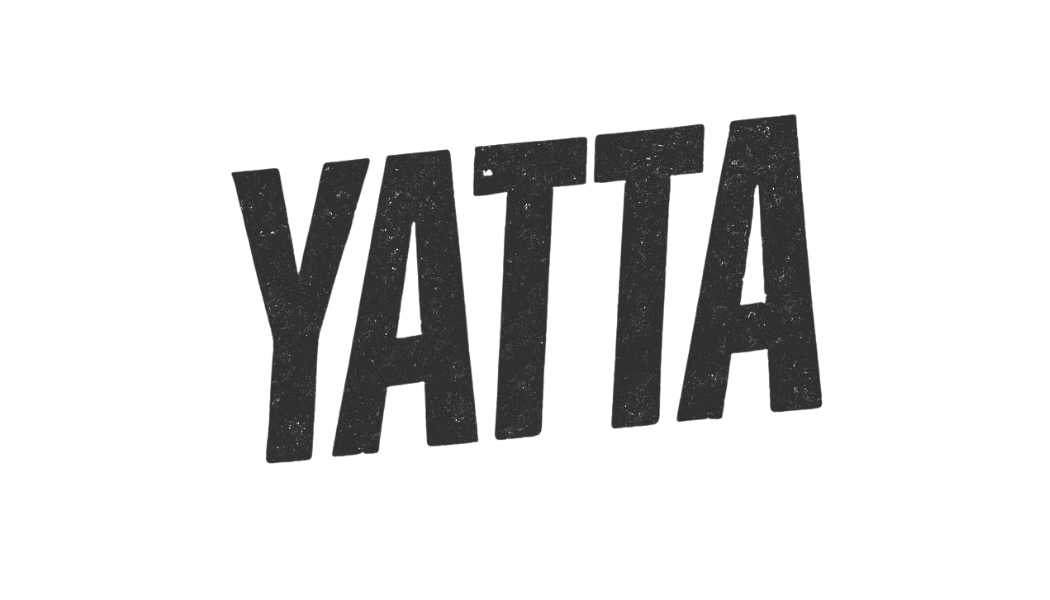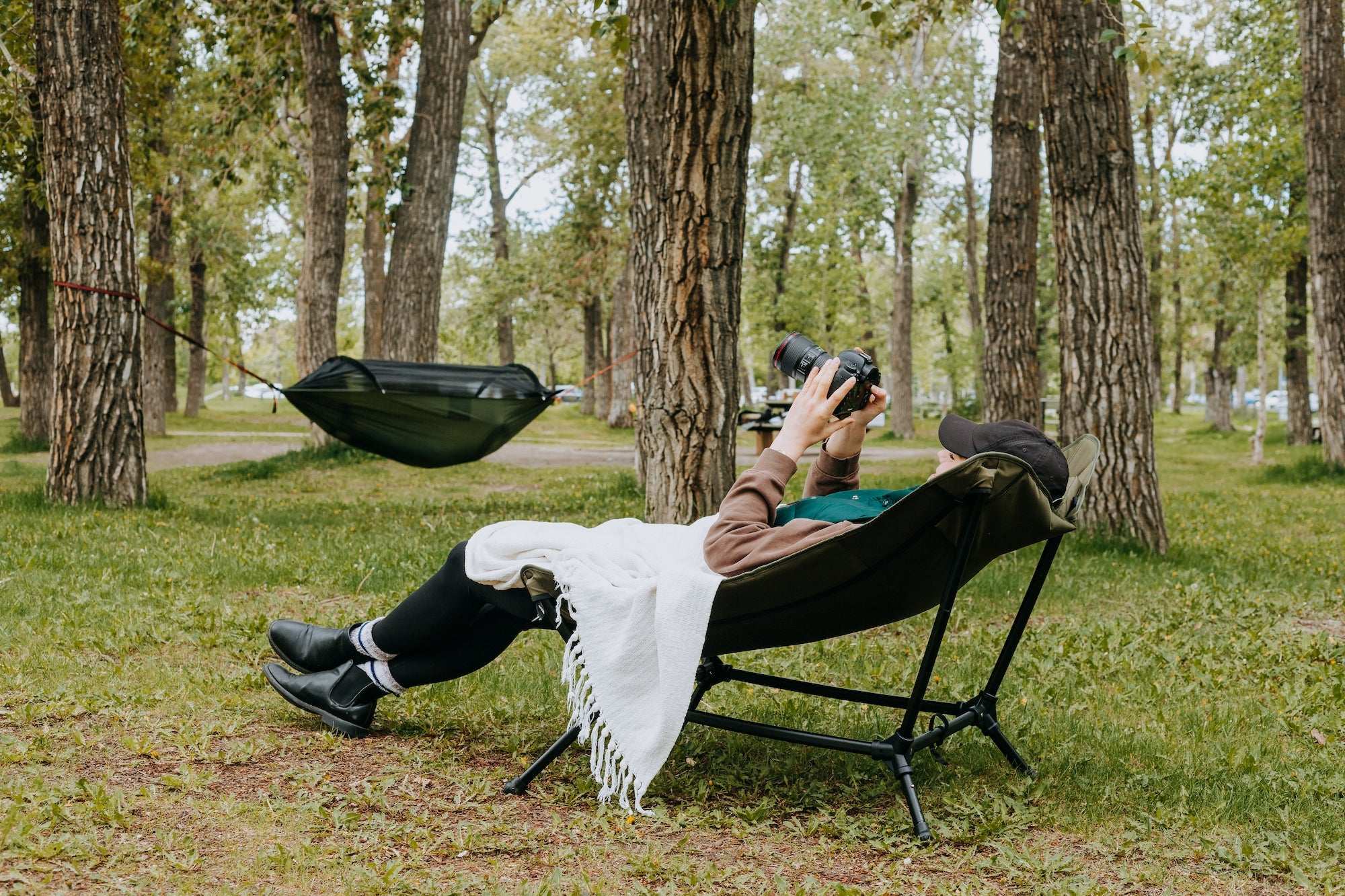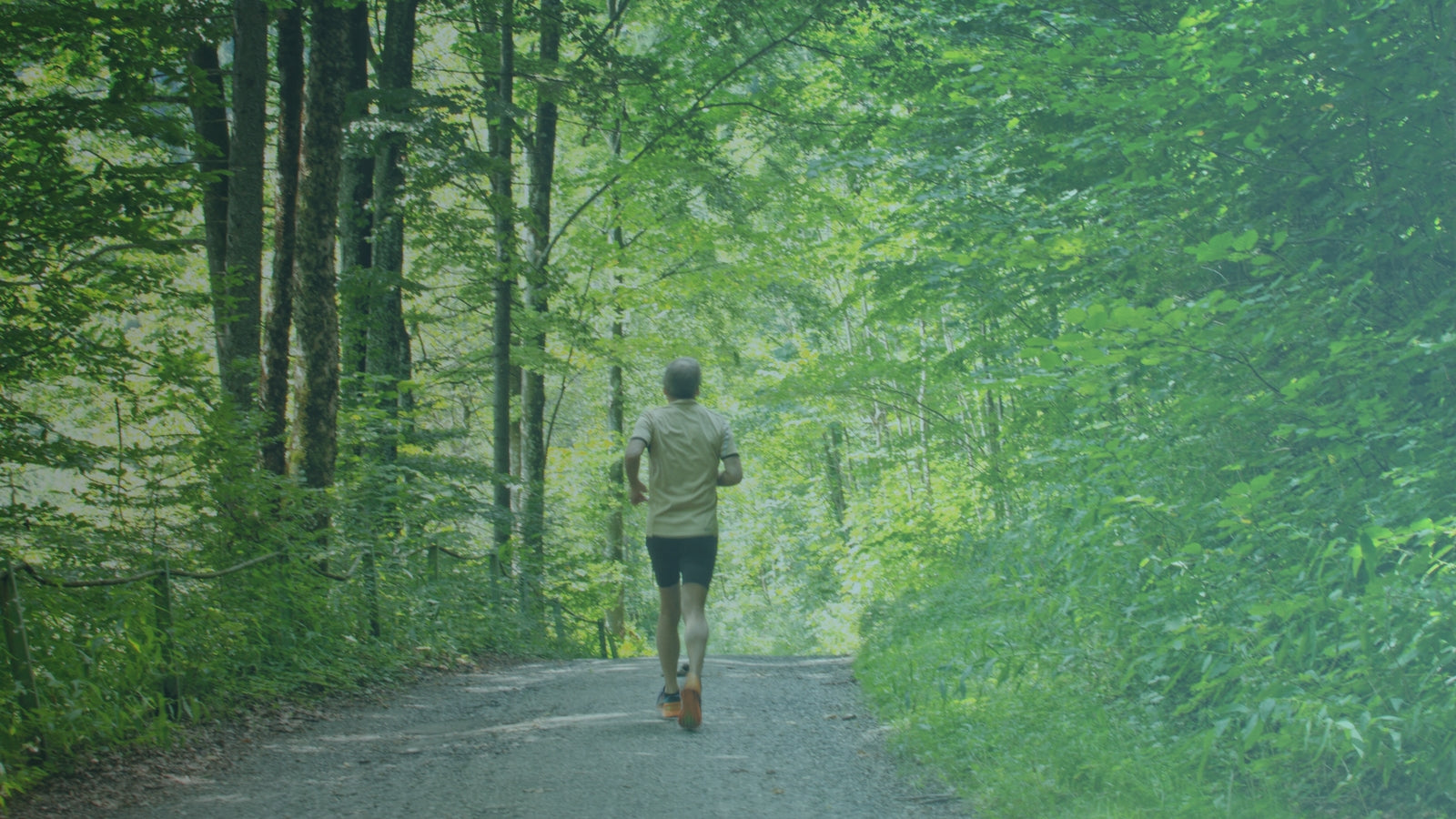Trail running, in the simplest of terms is simply the sport of hiking and running over remote trails. This differs from track running as seen in most gymnastic sports and road running as trail running mostly is done over mountainous regions and covers a much longer distance than the previous two and even the related cross-country running. The allure of trail running has grown over the years as can be seen in steady increases in the number of people involved, an increase of over a million within 6 years in the sport as documented in Northern America.
The allure of trail running lies in the remoteness and reduced stress as opposed to road races. Hundreds of organized trail running events have been held over the years and the popularity keeps growing.
For anyone contemplating an involvement in this sport there are some important things to put in place to ensure a good race which will leave lasting positive memories. As with any other sport, trail running has its own set of equipment, precautions and rules to be followed. Getting started on trail running requires at least the basic underlisted tools and knowledge for a good run.
Invest in good trail running shoes: specially designed rigid running shoes with knobby soles have been prescribed as the best for trail running. These shoes, although less cushioned than does designed for running on road tarmac, nevertheless have been nylon plastic fitted midsole, to protect the feet from punctures from sharp edged rocks and other possibly harmful components on the trail. The best trail running shoes are low to the ground in other to provide better stability over the uneven terrain which the trail covers.
Feet Landing: How your foot lands on the ground matter. It is advisable to always land on the ground with your midfoot because if you run on heels you will end up running too fast and you will put strain on your knees and shins. Avoiding strain on the knees and shins makes the adventure less stressful, enjoyable and you can run for longer periods.
Posture/ Hand and Arm Position: Posture is very important in running and running actually helps to improve the overall posture. There are different stances taken by runners, depending on their level of expertise and the type of practice they have had pre-run. Lengthen your spine; keep your weight equally on both feet. Lean forward, and imagine your feet as a sort of center which allows your spine and upper body swing freely, transferring your weight equally between your heels when leaning backward and the front of your feet when leaning forward. Always try to lengthen your spine while running and feel your weight beneath your feet.
Breathe In The Fresh Air, Take A Minute To Savour Nature: there is an ongoing belief that trail running is so attractive because it provides an opportunity to reconnect with nature and let the primal parts of the soul get some air. So, when on a trail run, remember not to get too technical, and do not let the competition get to you, but rather let the trail be your companion, and nature your friend.
Plan Ahead and Stay Safe: nothing worthwhile is ever achieved without proper planning. Train appropriately and trace out your route ahead of time. Plan with the group appropriately and take note of your rhythm and strengths. The route and relief points should be well mapped out also and remember to always run with a friend to reduce injuries and the risk of getting lost.
Pack Light: a change of clothes, water bottle, insect repellant, headlamp or flashlight, and a towel. Pack the basics and you’re good to go.
As you go for the adventures on the mountains try to enjoy nature, have fun and get some much needed exercise. Cheers to a good time trail running.





Leave a comment
All comments are moderated before being published.
This site is protected by hCaptcha and the hCaptcha Privacy Policy and Terms of Service apply.